Are you planning to replace your siding or install new exterior siding? Maybe you're wondering how much siding is in a square. You've come to the right place; we've done in-depth research on this.
Siding measurements are based on the square. A square is a unit used by contractors, installers, and building suppliers that measures by square feet. One square has 100 square feet, so using this measurement when calculating siding costs will give you an accurate estimate of your project cost.
That was a quick answer, wasn't it? But keep on reading, as we will provide more details regarding siding measurements. Also, we will discuss related things about siding that will help you decide what siding materials are best.
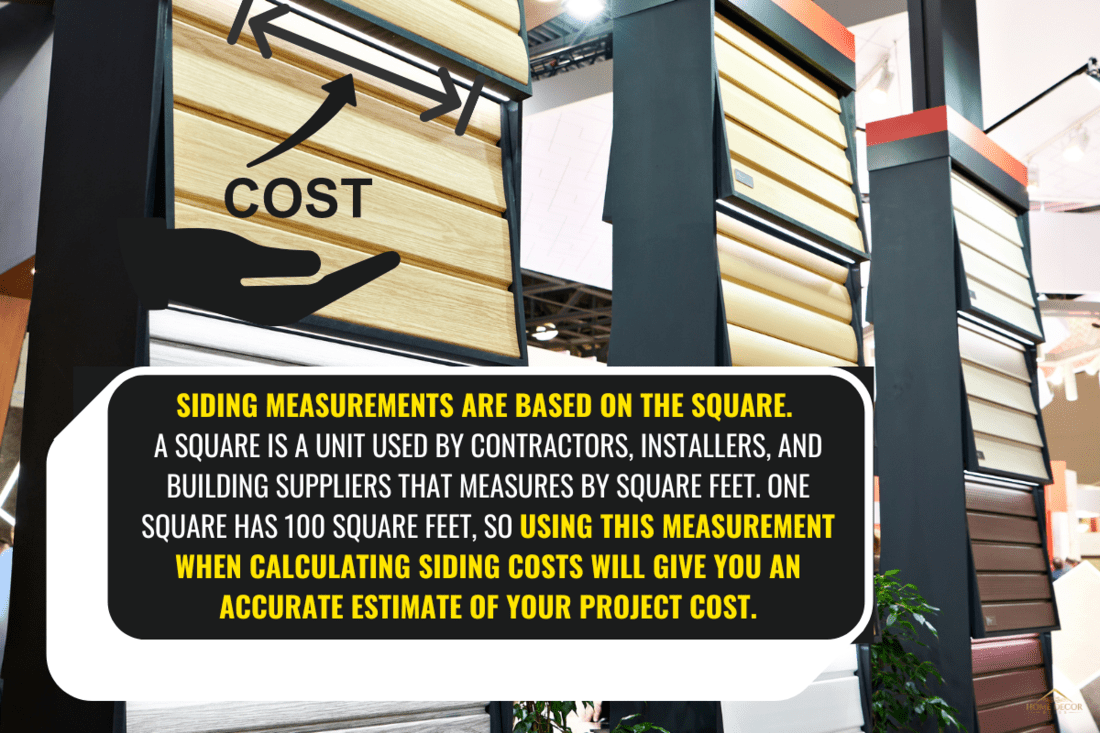
How Much Siding Is In A Square
A square of siding is a measurement of siding material used in covering the exterior wall of a house or building. One square is enough to cover 100 square feet of wall space.
Therefore, it can cover a 10-foot by 10-foot section of a wall. It helps estimate how much labor and material is needed for a siding project.
Here's how to measure your siding in squares:
- Measure the width and length of the wall in feet.
- Multiply the measurement results to acquire the square footage of the wall area.
- Divide the square footage by 100; that's how you'll get the squares needed for the wall.
For example:
A wall that is 40 feet wide and 12 feet high can be calculated like this:
40 x 12 = 480
480/100 = 4.8
Therefore, you need 4.8 squares of material on that specific wall measured.
Number Of Pieces Of Siding In A Box
Usually, the number of pieces of siding within a box ranges from 14 to 26. The number of pieces will vary on the width and length of profile sheets and the manufacturer.
Thus, it is best to measure the width and length of your exterior wall first before placing an order.
For example:
Width 6", 6-1/2", 7", and 8" with 10' length.
- 6" width with 10' length = 20 pieces of siding
- 6-1/2'" width with 10' length = 18 pieces of siding
- 7" width with 10' length = 17 pieces of siding
- 8" width with 10' length = 15 pieces of siding
Most Common Types Of Siding
These are the common types of siding materials that are most commonly used due to their cost-effectiveness.
Wood Siding
We sometimes add affiliate links and content that was curated and created by our team with the help of advanced ai tools to help showcase the best design styles.
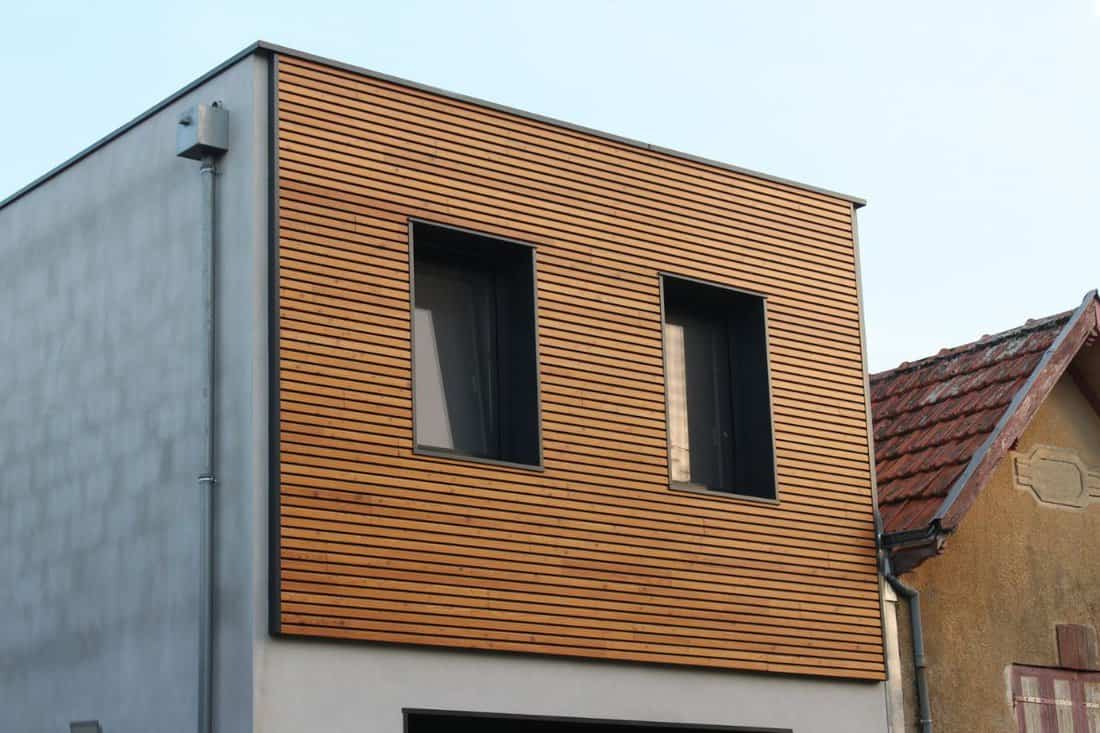
Wood siding is one of the contractors' most popular siding choices due to its easy installation, effortless beauty, and environmental friendliness. Despite needing much care, such as stain or paint, it will last longer when properly maintained and is a recyclable and renewable resource.
Metal Siding: Aluminum and Steel
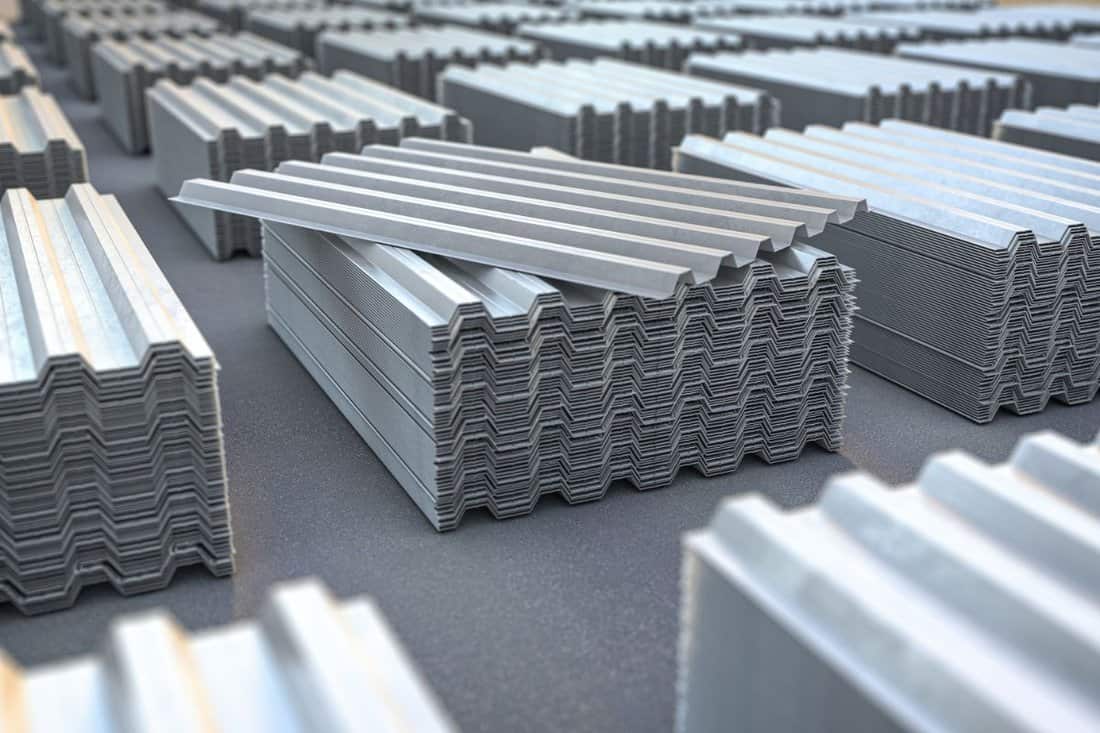
Metal siding is one of the popular choices as it can withstand all types of weather conditions. It is usually preferred in tropical areas when monsoons and hurricanes occur. It is highly resistant to fire, termites, mold, and more.
Steel and aluminum siding materials are low-cost maintenance and durable.
Vinyl Siding

Vinyl has been one of the most popular siding options in North America due to its cheap installation cost. It is also durable and has various sizes, textures, and colors offered. You can also pick from horizontal and vertical panels and wood shake or shingles styles. Vinyl does not require painting, lasting up to 50 years, with low maintenance costs.
Fiber Cement Siding
Fiber cement siding combines the performance of masonry and has minimal maintenance. It costs less than wood siding but is more expensive than vinyl. When it is properly installed, it looks like natural wood siding.
It is long-lasting and does not rot or get any insect damage. It is also resistant to fire, wind, and cold weather.
Other Types Of Siding
Here are some of the other types of siding you might want to consider:
- Bricks
- Concrete
- Stone
- Glass
- Stucco
- Insulated siding
- Engineered wood
What Is The Cheapest Siding?
The cost of siding material is also a significant factor to look at when you are choosing a siding for your siding project. The cheapest siding material is vinyl; it only costs $2 to $7 per square foot, depending on the range.
At the same time, the average installation cost with a 2,000-square-foot home will be about $10,000. It is less expensive compared to the other siding materials.
The cost of siding and siding installation will depend on your location, the contractor you pick, the type of siding, and the intricacies/size of your home exterior.
What Are The Most Durable Types Of Siding?
Most siding materials can last longer, and manufacturers have 50 years of warranty with their siding. Still, the most durable siding in the market is fiber cement siding, engineered wood composite, and stone siding.
The durability of siding materials will also vary on different factors, such as proper maintenance and your location's weather.
Fiber Cement Siding
Fiber cement siding has a longer lifespan of up to 100+ years. This siding product is renowned for its durability, functionality, non-combustible nature, and high-impact resistance. It can withstand different kinds of weather, making it durable over time.
Engineered Wood Composite Siding
Engineered wood composite siding combines natural aesthetics and engineered wood strand technology for superior durability and protection. When it is properly maintained, it can last up to 100+ years. It can withstand time, making it a good choice for versatile applications.
Natural Stone Siding
Natural stone siding lasts 100+ years and is incredibly durable and low maintenance. Its aesthetic made homeowners choose stone accents or stone facades.
What Is The Most Waterproof Siding?
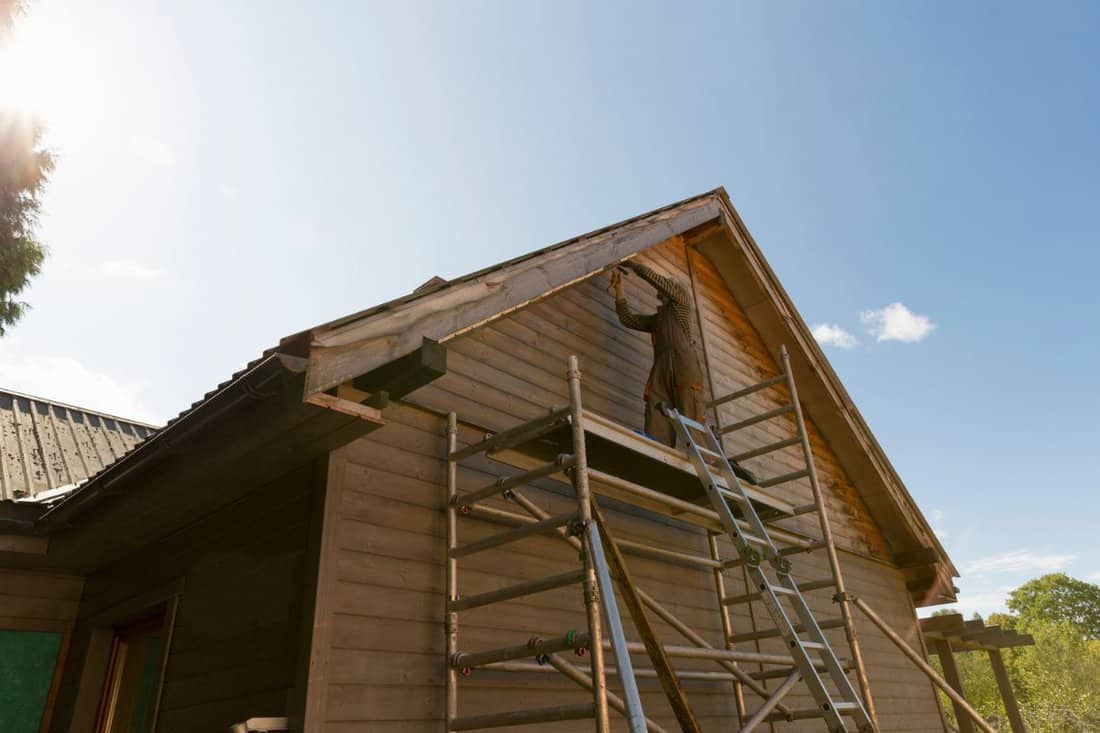
Vinyl is the most popular siding in North America due to its durability and cost-effectiveness. It is highly waterproof. It is made of waterproof polyvinyl chloride, does not absorb moisture, and sheds rain.
However, it is more prone to cracks and warping, resulting in damage. If you are in a region that often experiences heavy rains and high heat, thin vinyl can easily be damaged and disfigured. Once the siding is damaged, it traps moisture and rain.
Signs Of Bad Siding
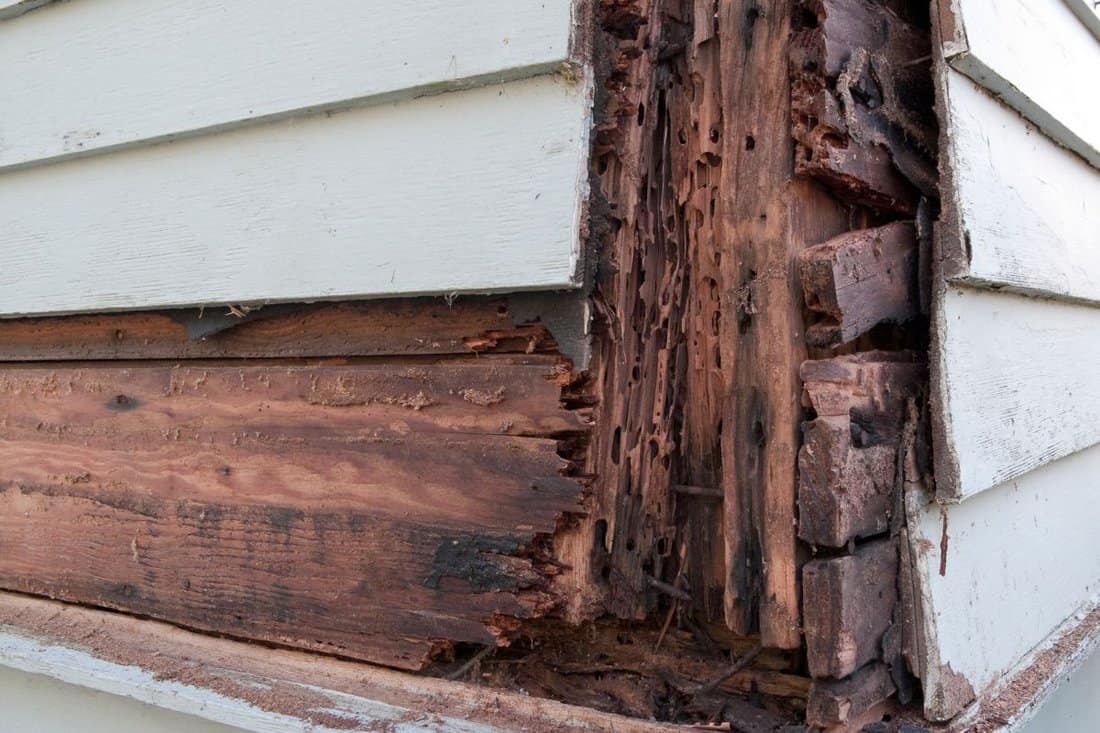
Before your house incurs significant damage and repairs, it is best to know the signs that your siding is in bad condition to avoid major expenses later.
Here are signs that help you determine if your siding needs repair or replacement:
- If you see cracks, warps, holes, dents, or rot on your siding, even if it is small, they will cause a significant problem later. It is best to repair or replace it to avoid more damage to your siding down the lane later when left unattended.
- Moisture and water penetration problem—if you see some bubbles, blisters, growing substances (mold, fungus, moss), and wallpaper or paint peeling off, those are indications of moisture and water penetration in your home. Siding should prevent moisture and water from penetrating your home. If there is moisture penetration, it means your siding does not do its job anymore.
- If you start hearing loud noises from your siding while you are inside your home, it means it is not correctly installed or has been damaged. Regardless of the weather outside, when your siding is in good condition, it shouldn't produce loud sounds. Consider hiring a siding professional to aid the noise problem of your siding to check it.
- When siding shows severe color fading, it usually means that your siding has worn out and has problems with weatherproofing. Or if it needs constant re-painting, a home coating requires 8 to 10 years; if you keep re-painting it for less than the years indicated, it means the problem is your siding, not the paint.
- When your siding looks rusty, and the nails pop their heads, your siding has been contracting and expanding. Most especially when siding nails are gone, it indicates that your siding needs to be replaced or repaired to continue its function protecting your home.
- When siding is damaged, it doesn't insulate well, reflecting your energy consumption. If your electric bill is high, even if there are no leaks in the attic or drafty windows, and your insulation is okay, it must be the siding that causes the problem. Consider repairing or replacing it to save some energy.
In Closing
Knowing how much siding is in a square will help you determine the cost of materials and labor you need in your siding project. You can also determine where you can save money in the short term or long term when you choose the suitable siding types that your home needs. It is important to note that your location and weather will also affect your siding durability in the long run.
If you prefer long-lasting siding that will last for many years, you must also balance the cost of the material's longevity. Some expensive siding materials are also advantageous for low-cost maintenance and withstanding bad weather conditions, saving you more money in the future.
For more related reading, check out these articles:
